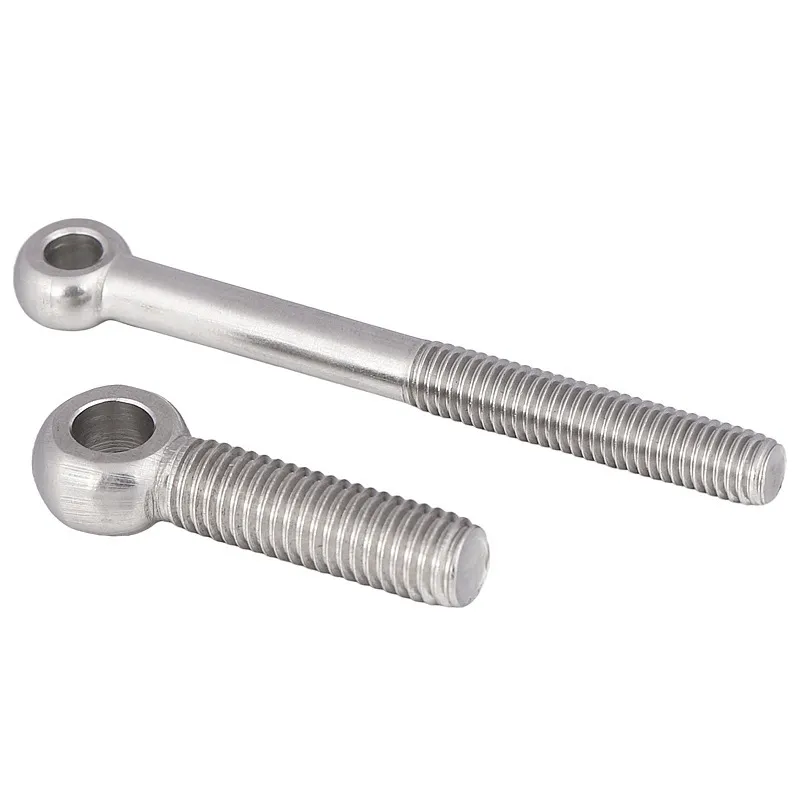

self tapping screws metal to wood
Nov . 18, 2024 00:28 Back to list
self tapping screws metal to wood
Understanding Self-Tapping Screws Metal to Wood Applications
When it comes to construction and woodworking, fasteners play a crucial role in ensuring stability and reliability. Among the various types of fasteners available, self-tapping screws have gained immense popularity due to their effectiveness and ease of use. This article delves into the use of self-tapping screws when connecting metal to wood, exploring their advantages, applications, and tips for successful installation.
What Are Self-Tapping Screws?
Self-tapping screws are specialized fasteners designed to create their own mating threads as they are driven into the material, eliminating the need for a pre-drilled hole. This unique feature makes them particularly advantageous in various applications, including the connection of metal to wood.
Why Choose Self-Tapping Screws for Metal to Wood Connections?
1. Efficiency One of the main benefits of self-tapping screws is the time-saving aspect. Their ability to create threads on contact means that you can secure materials quickly and effectively, which is particularly valuable during large-scale construction projects.
2. Versatile Design Self-tapping screws come in various sizes and materials, making them suitable for different applications. Whether you’re connecting thin sheet metal to wooden frames or heavier metal components to wooden structures, there’s a self-tapping screw designed for the job.
3. Strength and Reliability When installed correctly, self-tapping screws provide a strong and reliable connection. The threads of the screw lock into both the metal and the wood, distributing stress evenly and enhancing the overall strength of the joint.
4. Reduced Risk of Damage Unlike traditional screws that require pre-drilled holes, self-tapping screws minimize the risk of splitting wood, making them ideal for delicate projects where preserving the integrity of the wood is essential.
Applications of Self-Tapping Screws in Metal to Wood Connections
Self-tapping screws are used in numerous applications where metal meets wood, such as
self tapping screws metal to wood

- Furniture Assembly In modern furniture manufacturing, self-tapping screws are often used to join metal frames to wooden components, providing a neat and secure finish. - Roofing and Framing When attaching metal roofing sheets to wooden frames, self-tapping screws are used to ensure a waterproof and durable seal, preventing leaks and prolonging the life of the structure.
- DIY Projects Hobbyists and DIY enthusiasts frequently utilize self-tapping screws in projects that require fastening metal brackets or connectors to wooden supports, benefiting from the simplicity and effectiveness of these fasteners.
Tips for Successful Installation
To ensure the best results when using self-tapping screws to connect metal to wood, consider the following tips
1. Choose the Right Screw The selection of the appropriate size and type of self-tapping screw is critical. Factors such as the thickness of the metal and wood, as well as the load-bearing requirements of the joint, should influence your choice.
2. Proper Pilot Hole While self-tapping screws eliminate the need for extensive pre-drilling, creating a small pilot hole in the metal can ease installation and improve precision. This is particularly useful for thicker metal materials.
3. Use the Right Tool A drill or screwdriver with adjustable torque settings is highly recommended. This allows for controlled driving of the screws without over-tightening, reducing the risk of damaging either material.
4. Consider Material Compatibility Ensure that the self-tapping screws are made from materials compatible with both metal and wood. For example, stainless steel screws are ideal for outdoor projects where moisture can lead to rusting or corrosion.
5. Check Alignment Before permanently fastening the screw, ensure that all components are properly aligned. This will prevent misalignment, ensuring a neat and functional assembly.
Conclusion
Self-tapping screws provide an efficient, reliable solution for connecting metal to wood across a wide range of applications. Their design allows for quick installation, reducing labor time and the risk of damaging materials. By carefully selecting the appropriate screws and following installation guidelines, you can achieve a sturdy and durable connection that stands the test of time. Whether you are a professional contractor or a DIY enthusiast, understanding and utilizing self-tapping screws will enhance the quality of your work and the durability of your projects.
Latest news
-
High-Strength Hot Dip Galvanized Bolts - Hebei Longze | Corrosion Resistance, Customization
NewsJul.30,2025
-
Hot Dip Galvanized Bolts-Hebei Longze|Corrosion Resistance&High Strength
NewsJul.30,2025
-
High-Strength Hot-Dip Galvanized Bolts-Hebei Longze|Corrosion Resistance&High Strength
NewsJul.30,2025
-
Hot Dip Galvanized Bolts-Hebei Longze|Corrosion Resistance&High Strength
NewsJul.30,2025
-
Hot Dip Galvanized Bolts - Hebei Longze | Corrosion Resistance, High Strength
NewsJul.30,2025
-
High-Strength Hot Dip Galvanized Bolts-Hebei Longze|Corrosion Resistance, Grade 8.8
NewsJul.30,2025

